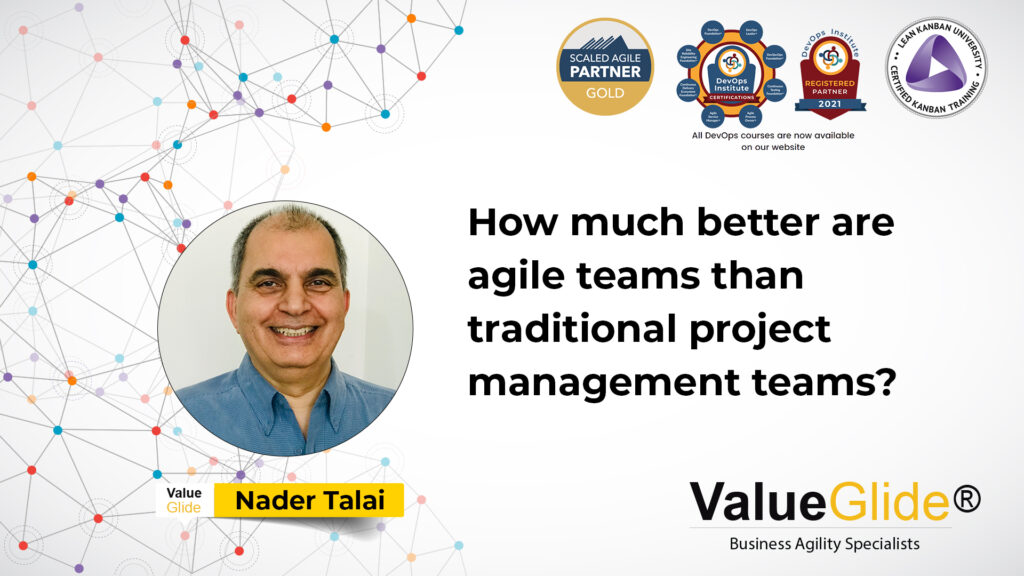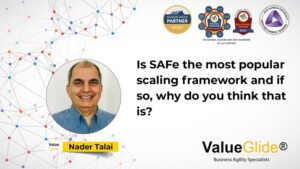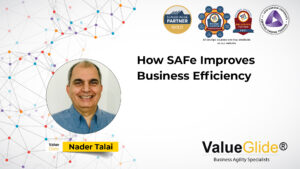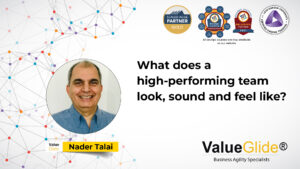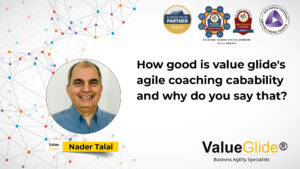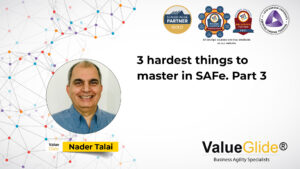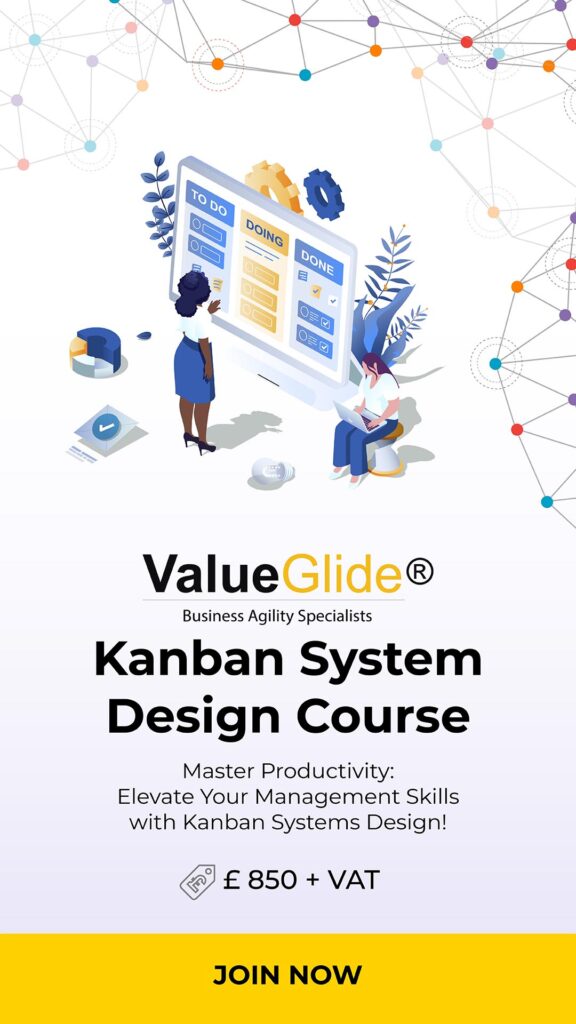How much better are agile teams than traditional project management teams?
A good agile team will include all the good, sound practices of a good project management team, however, there is a major difference in how they approach the problem or the solution.
Project Management versus Agile
A project management team will follow a sequence, from A to Z, with testing and delivery to customer coming right at the end of the process, whilst an agile team will incorporate the testing and delivery into the very first sprint cycle and continue to do that all the way through the build.
A project management team could work on a project for several months, only to discover that the solution doesn’t meet the governance standards required. They might only discover that the solution doesn’t integrate properly into the current environment and need to go back to the drawing board despite working on the solution for months.
They might even find that the customer isn’t happy with what has been built, months or even years, down the line because the customer doesn’t get to see any work until the project is complete.
That’s the drawback to traditional project management.
There aren’t regular feedback loops.
Teams can’t quickly and easily pivot to a better solution or to address a more compelling problem because their plans and timelines don’t allow for agility. Don’t allow them to be responsive to what is happening in the market right now.
So, it isn’t necessarily that the people on an agile team are better than the people on a project management team, it’s just that the system enables the agile team to focus exclusively on value, whilst the project management team are focused exclusively on delivery.
Customer Satisfaction and Customer Retention
In terms of customer satisfaction and customer retention, agile teams tend to perform better too.
If a customer is included in the process, from initial consulting and discovery through to regular reviews where they get to use the product, test the new functionality, and provide feedback on what works well, what needs to be revisited, and what they are happy to bring into the system right away, you have a far better customer relationship and greatly improved customer satisfaction.
In many ways, the customer and product stakeholders are co-creating the product or helping the team to solve the most compelling problems. They are actively engaged, and their contribution helps to ensure that the team are providing the most valuable solution.
Focus on value rather than deadlines.
A project management team do their best, in collaboration with clients, to identify what needs doing and within which cost and time constraints necessary. They do this upfront when they scope the project and whilst it is their best guess, they simply can’t know all the variables that may impede progress or create havoc down the line, and so it’s an imperfect solution.
Once the contract has been signed, the project management team focus on hitting milestones and operating within cost and time constraints. Their focus lies exclusively on delivering what the contract says, regardless of whether that creates or captures value.
The organization get paid if they do what they said they would do, and so incentivization tends to happen around resource utilization and efficiency rather than creating value for customers.
It doesn’t mean that project management teams don’t care about the work that they produce, it simply means that the system and process reward different behaviours and outcomes, and so the contract becomes significantly more important than the value that is being created.
An agile team will also plan ahead, but they will focus on prioritizing the most valuable work first and ensuring that they collaborate with customers and product stakeholders to create the most value.
An agile team is also focused on learning, through data and evidence, as they move through product development to ensure that they are always aligned with the highest value for the customer and the organization.
100 items may be required, but 20 of those items create 80% of the value, and getting those 20 items out the door first allows the customer to decide whether they want to proceed with the remaining 80 items or pivot to new features or solutions that may generate even more value.
Maybe the market has been disrupted by a competitor and the customer requires us to shift our entire focus a few months into product development. Great, we can do that because we are adaptive and responsive rather than rigid and robust.
We can meet with customers, identify the new direction that we need to take, and collaborate with them to identify the highest value items that need to be built or which of the problems need to be addressed first.
Bake quality, governance, and compliance in from the start.
In traditional project management, the product is inspected for quality at the end of the process. In addition to that, the testing and governance elements tend to come at the end of the project rather than at the start.
In an agile, or SAFe (Scaled Agile Framework) environment, those elements are baked in at the start of the process. Within the very first program increment, or cycle of production, those governance and testing and compliance and quality elements need to be present.
The team will identify what testing, compliance, governance, and quality elements need to be present for each item of work, and ensure that everyone on the team is crystal clear about what needs to happen for that work to be signed off as complete.
The goal of agile, regardless of the agile framework you use, is to provide a customer with a working piece of software or a working solution at the end of each short cycle of work known as a sprint.
The customer doesn’t wait months or years for these items, as they often do in project management environments, it takes weeks to deliver instead. They can inspect the work items, test it to make sure it works, and incorporate it into their solution at will.
About Value Glide
Value Glide are a SAFe (Scaled Agile Framework) consultancy, coaching practice, and training specialist who work with organizations to align business objectives with customer needs and wants.
As deeply experienced agile coaches and practitioners, our team are invested in continuous learning through each client engagement and use the data and evidence we gather from each implementation to inform our training, coaching, and consulting services.
In a nutshell, empirical process control or empiricism.
If you are thinking of adopting agile within your organization and have identified SAFe as a great agile framework to adopt, implement and improve your business agility, visit our SAFe Quickstart ART Launch program page or view our SAFe Consulting Services page.
If you have identified a need for an agile coach and SAFe coach to help your organization adopt and implement SAFe, visit our SAFe Coaching Services page.
If you want to know more about SAFe and how to lead SAFe, visit our SAFE Training page for a host of options, from Leading SAFe to a SAFe Release Train Engineer course.
#SAFe #scaledagileframework #scalingagile #agile #agileframework #agilecoach

